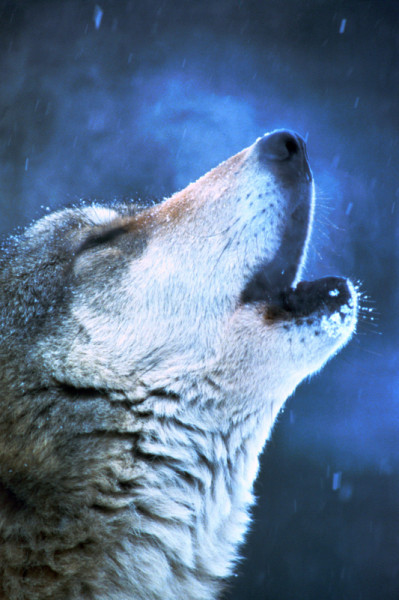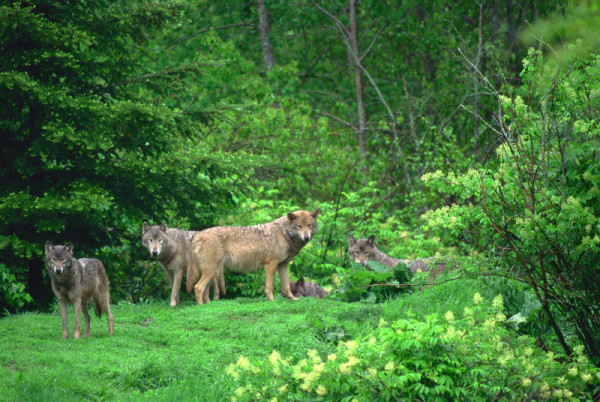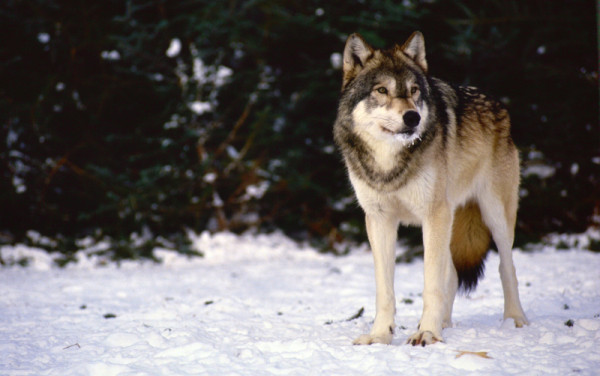Meet Our Species of the Month: the grey wolf!
This blog series on Canadian wildlife explores key facts, threats and what WWF is doing to conserve these species. These Canadian species are also featured in the TELUS 2014 calendar. Check out the digital calendar and you can follow along with fun activities, download beautiful desktop wallpapers, colouring pages and more.
The majestic howl of the grey wolf echoes through forests and across the tundra. Grey wolves live in family groups of between three and 30, composed primarily of their pups. The grey wolf prefers hunting in packs, teaching survival skills to the pups along the way.
Once the world’s most widely distributed mammal, the grey wolf has become eradicated across much of its former range and presently has a more limited distribution. The grey wolf resides primarily in the vast wilderness and remote areas of Canada, the United States, Europe, and Asia.
Did you know…
The grey wolf is capable of running at speeds of 60 km/h.
The territory for a pack of grey wolves can be as large as 1,500 sq. km.
The grey wolf eats animals ranging from mice, rabbits, and squirrels to deer, moose, and caribou.
Why is the grey wolf at risk?
Humans are the biggest threat to the grey wolf. For centuries, wolves have been hunted because some people fear they present a danger to them or to livestock. In fact, wolves are not a threat to humans, and as long as there is an abundance of natural prey in the wild, they prefer not to attack domestic livestock.
Development in and around their natural habitat has diminished grey wolf population levels, putting greater pressure on wolves and their prey.
More recent impacts on their population include hybridization between the eastern grey wolf and coyote in Canada. Studies have uncovered mating trends between the two that can pose a long-term threat to the genetic integrity of both species.
What is WWF doing?
WWF is working to strengthen grey wolf populations by:
- Protecting the habitats and ecosystems on which the grey wolf depends, and encouraging FSC (Forest Stewardship Council) certification in forests to help ensure the impact on wolf habitats are managed responsibly.
- Helping wolves spread into more suitable habitat (specifically in Europe).
- Evaluating wolf populations through research projects, and working to address the concerns of farmers and other local inhabitants, particularly throughout Europe.
WWF-Canada and TELUS are partnering to support the conservation of Canadian wildlife and their habitats through a new $1 million, four-year partnership. Click here to learn more.




